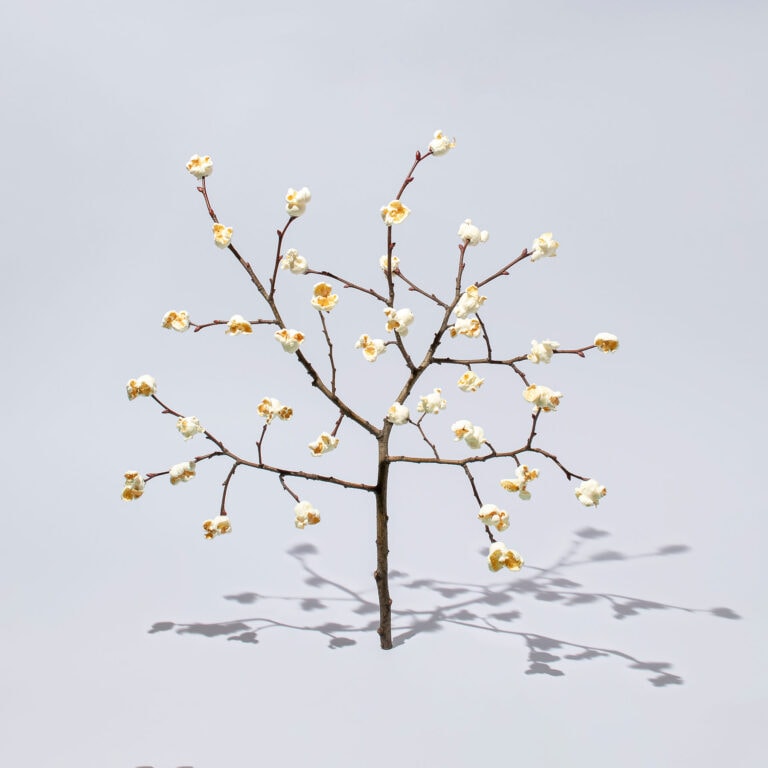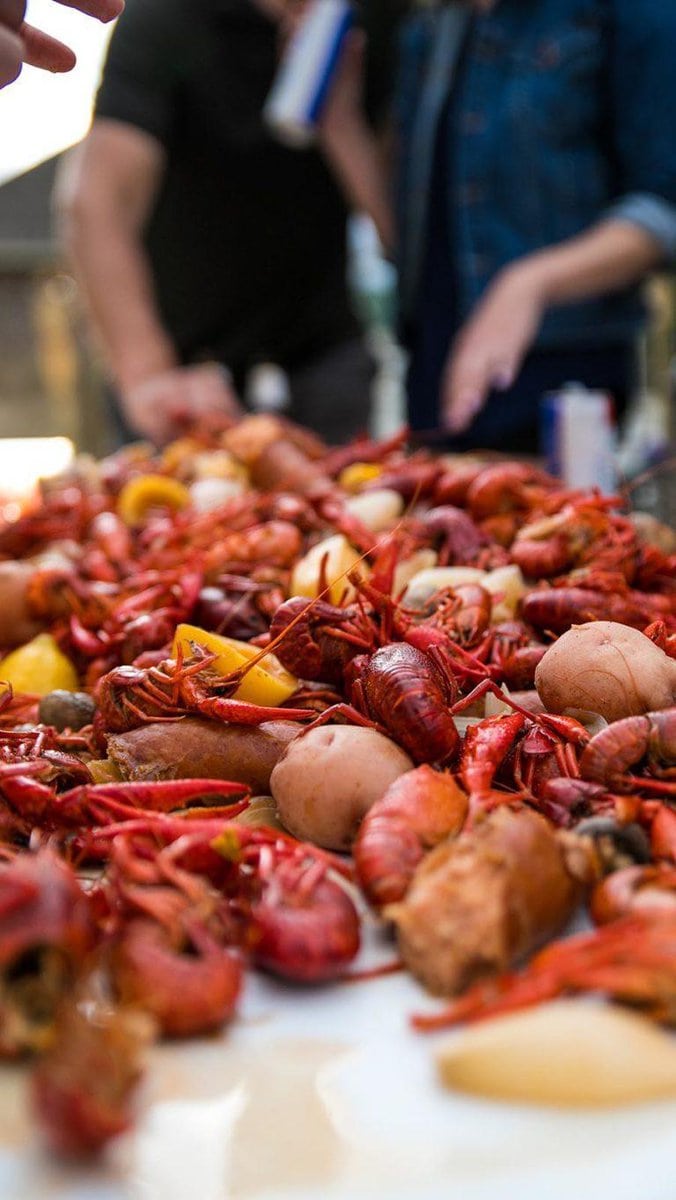Seeds travel by squirrel, bird, and the contours of the land or wind. Even in our backyards, we can watch the plants in our landscape slowly move and reproduce in every direction from where they began. Meanwhile, this summer, in our home gardens and on the production farms in Maine, the seeds that produce our food staples have stories that have traveled from afar.
Before we begin, as a farmer, I want to acknowledge the term “native to place.” For those of us who plant food and value our landscapes, this mindset is valuable in caring for an environment that might naturally, intuitively, best succeed here. The mentality of growing plants that are “native to place” is also wildly complicated given our changing world. For the purpose of this writing, we are thinking of plants as they relate to our gardens and our dinner tables. We acknowledge that many of the foods we commonly grow and eat have stories that originate from “away” and are part of the plant we’ve naturalized as our own.
Enter the potato.
As a child, I would spend time in the Maine state house with my father, a lobbyist, and be inundated with cute little pins shaped like potatoes, a legislature gift to the random child lingering in the lobby. These set the scene for me, showing that potatoes were the crop of Maine (with blueberries and apples) and were part of our heritage.
Today, home gardeners and farmers alike mail-order potato seed in the winter, and then these bulky tubers come in the mail in early spring and are ready to be poked into the ground. If we’re lucky, by July 4th, we’re eating potato salad with tender “new potatoes,” and come fall, we’re storing away the spuds to slowly eat throughout the winter.
A staple to Maine’s culture and agriculture, the potato feels like it’s from Maine, but is it? Certainly not. To better understand the travel of the potato, one could look either south to Peru and Bolivia, or across the Atlantic to Europe and our Scots-Irish heritage.
The image of the potato in Peru is one of many colors, textures, and flavors, with plants grown on steep hillsides tended either by humans alone or with the power of draft animals like oxen. Even today, Peru’s diversity of potato plants is vastly greater than the few prominent varieties in our culture. While the contours of the land in Peru may be distinctly different from northern Maine, where the last census shows around 53,000 acres of potatoes are still grown, it is perhaps the shorter growing season and cool nights that are the most replicable here.
When we think of the most common recipes featuring potatoes, we often think of mashed potatoes sitting next to the holiday turkey or soft-boiled potatoes in a corn or fish chowder, not necessarily the empanadas stuffed with potatoes or the potato fries smothered with chili that we might eat in South America. How did we make this transition?
The potato entered Maine via a circuitous route. In the 1500s, Spanish explorers took the potato from South America back to Europe, where it slowly grew in popularity to become a cultural icon in Ireland. Around 1719, immigrants from Ireland brought the potato to present-day New England and established it in their gardens. As a farmer who lives in Bowdoinham, I was excited to read that our Merrymeeting Bay may have been one of the first planting grounds for the potato in Maine. However, multiple sources claim New Hampshire was the first to cultivate potatoes in New England. With rich soil near our riverways and coast being cleared for new communities to settle, the stage was set to welcome the potato as a plant that produced a lot of food and sturdy calories that could be stored throughout the winter.
While you’re eating a hot summer fry with fish and chips, or enjoying soft new potatoes in fresh August corn chowder, I encourage you to close your eyes and imagine a map. Visualize the potato taking a long southern voyage to Europe and then circling back across more northern waters to our state.
Although the potato is a crop that grows well here, I was curious about what our more “native” equivalent could be. I discovered the “Four Corners potato” that perhaps originated in Utah, and I found information in archaeology magazines dating its starch back 10,000 years. While this plant could be much older than the Peruvian potato (which has a genetic history of only 7,000 years), it doesn’t appear that the Four Corners potato has been grown or found in Maine. A different species than our more common Peruvian-Irish ancestor (S. jamesii versus S. tuberosum), its commonality lies in the small potato-like (to our minds) tubers that grow underground. Images of the flower of the Four Corners potato also appear similar to our common potato. Because this species prefers drought-like conditions but has good frost tolerance, I wonder about trying it here, with Maine’s increasing number of dry summers. Currently, the Four Corners potato seed is being repatriated to Indigenous farmers in the Utah region. When we consider the movement of seed and plant stock, this feels like the most natural journey a plant can take toward our home gardens.
To celebrate all forms and histories of the potato, this late summer and fall will be a great time to visit your local farmers market or co-op and seek out many varieties of Maine-grown potatoes. Consider how their flavors and textures vary, and think about the ways we have made the potato “native” to our personal diet and place.













